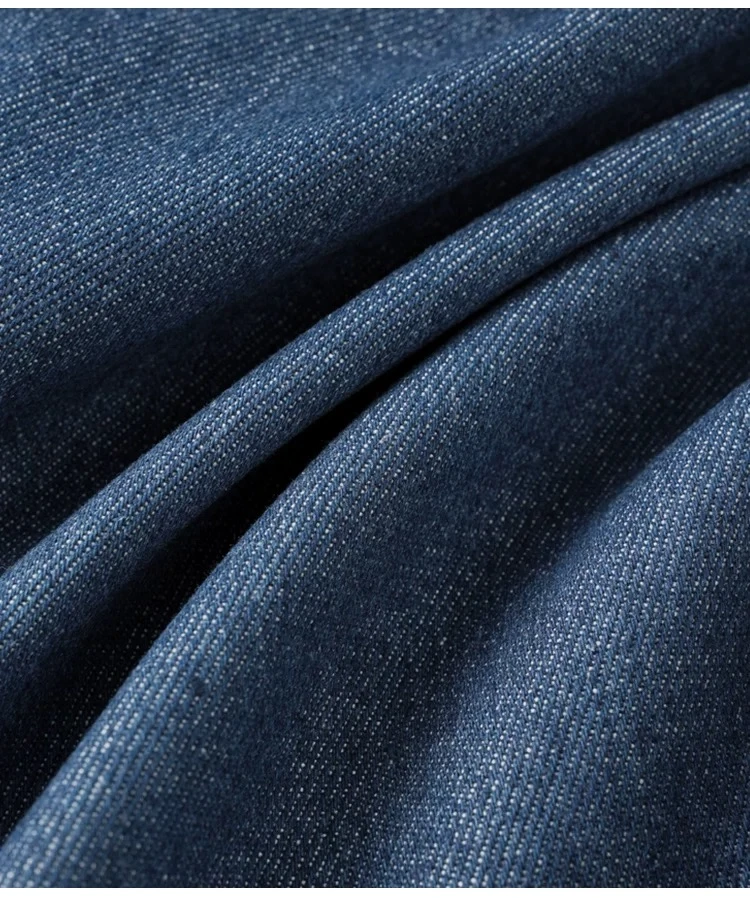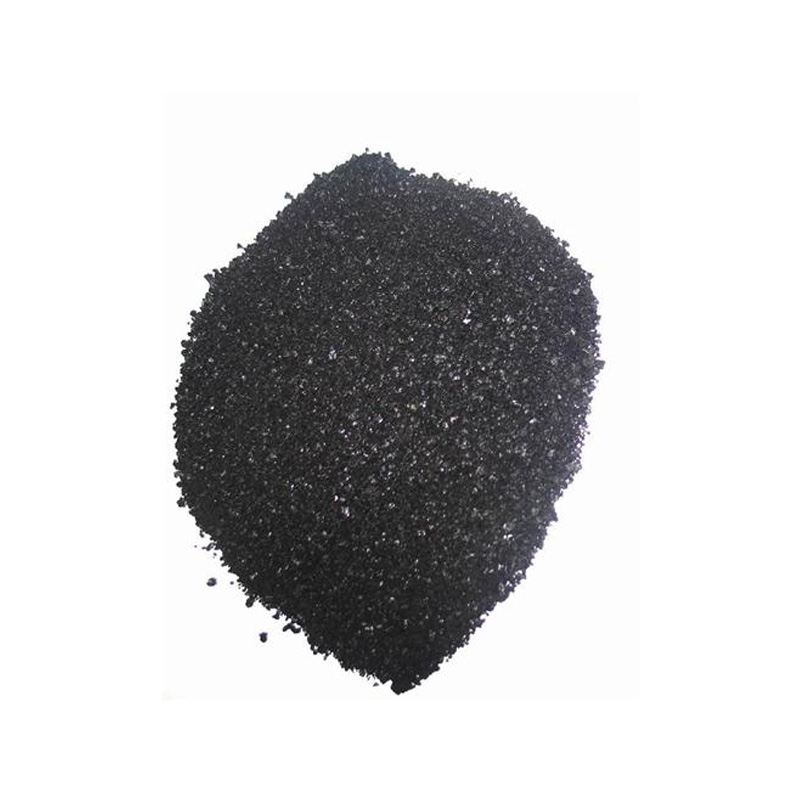Indigo Blue Vat Blue


For businesses and individuals interested in offering indigo-dyed products, understanding these traditional Chinese techniques can enhance product authenticity and appeal. This knowledge is essential for both crafting and marketing such items, appealing to customers who appreciate quality, authenticity, and cultural heritage in their purchases. Besides its aesthetic qualities, indigo dyeing holds environmental significance. Traditional methods utilize natural ingredients and processes that are far less harmful to the environment compared to synthetic dyes. This ecological advantage is becoming increasingly appealing in today's environmentally conscious market. Properly marketed, indigo-dyed fabrics can capture a segment of the market eager for sustainable and ethically produced products. Moreover, businesses can build trust with their clientele by ensuring transparency regarding the production process and sourcing of materials. Sharing the rich history of indigo, alongside evidence of sustainable practice, enhances a brand's credibility and authority in the textile industry. Educating consumers on the traditional methods reinforces the value of these products beyond their visual appeal, highlighting their cultural and historical significance. In conclusion, mastering the art of setting indigo dye in fabric is not merely about creating a product; it embodies a journey through cultural heritage, environmental consciousness, and artisanal expertise. For any entity involved in the production or sale of indigo-dyed textiles, leveraging this knowledge not only enriches the fabric but also builds a brand deeply rooted in authenticity, tradition, and sustainability. By emphasizing these qualities, businesses can differentiate themselves in a competitive market, ultimately fostering a deeper connection with their audience through the shared appreciation of this exquisite dyeing art form.
-
The Timeless Art of Denim Indigo Dye
NewsJul.01,2025
-
The Rise of Sulfur Dyed Denim
NewsJul.01,2025
-
The Rich Revival of the Best Indigo Dye
NewsJul.01,2025
-
The Enduring Strength of Sulphur Black
NewsJul.01,2025
-
The Ancient Art of Chinese Indigo Dye
NewsJul.01,2025
-
Industry Power of Indigo
NewsJul.01,2025
-
Black Sulfur is Leading the Next Wave
NewsJul.01,2025

Sulphur Black
1.Name: sulphur black; Sulfur Black; Sulphur Black 1;
2.Structure formula:
3.Molecule formula: C6H4N2O5
4.CAS No.: 1326-82-5
5.HS code: 32041911
6.Product specification:Appearance:black phosphorus flakes; black liquid

Bromo Indigo; Vat Bromo-Indigo; C.I.Vat Blue 5
1.Name: Bromo indigo; Vat bromo-indigo; C.I.Vat blue 5;
2.Structure formula:
3.Molecule formula: C16H6Br4N2O2
4.CAS No.: 2475-31-2
5.HS code: 3204151000 6.Major usage and instruction: Be mainly used to dye cotton fabrics.

Indigo Blue Vat Blue
1.Name: indigo blue,vat blue 1,
2.Structure formula:
3.Molecule formula: C16H10N2O2
4.. CAS No.: 482-89-3
5.Molecule weight: 262.62
6.HS code: 3204151000
7.Major usage and instruction: Be mainly used to dye cotton fabrics.

